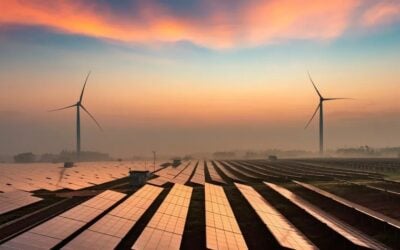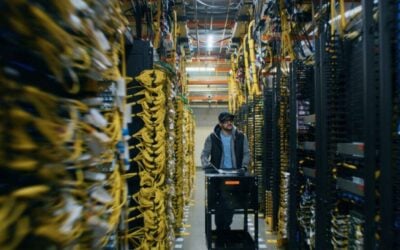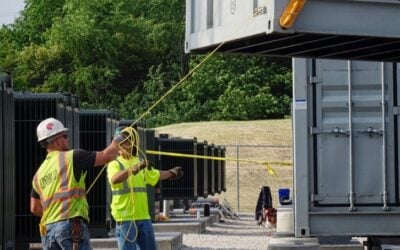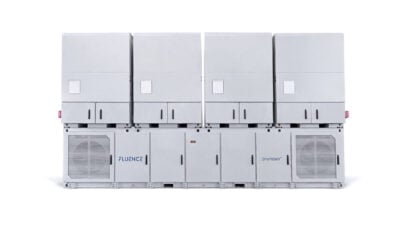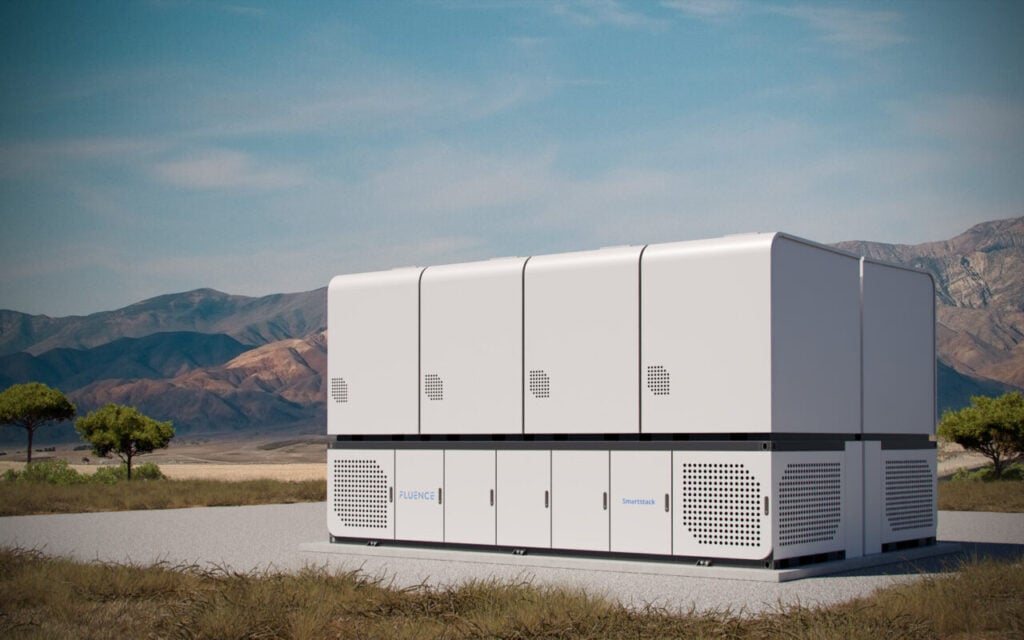
Uncertainty over trade tariffs has caused Fluence to lower its revenue and EBITDA guidance, although CEO Julian Nebreda said the company is “optimistic about the future of energy storage.”
The US-headquartered energy storage technology and renewable energy software services provider issued its financial results for the second quarter of its 2025 fiscal year last week (8 May), covering the three months ending 31 March.
Last week’s announcement marks the second consecutive quarter Fluence lowered its guidance, which came after the company reported that it had “met or exceeded” financial guidance metrics for its 2024 fiscal year.
However, the guidance toward lowered expectations issued in February was driven primarily by contracting delays on some key large-scale battery energy storage system (BESS) projects in Australia.
Try Premium for just $1
- Full premium access for the first month at only $1
- Converts to an annual rate after 30 days unless cancelled
- Cancel anytime during the trial period
Premium Benefits
- Expert industry analysis and interviews
- Digital access to PV Tech Power journal
- Exclusive event discounts
Or get the full Premium subscription right away
Or continue reading this article for free
That situation appears to have eased in Australia, which the company sees as an important growth market, Nebreda said in an earnings call to explain results last week. This time out marks the first time the US trade tariff situation has been cited as a dampener on results.
Tariffs result in US$700 million dampener on revenue expectation
Q2 revenue was US$431.6 million, down 31% year-on-year from Q2 2024’s US$623.1 million, while net loss attributable to the company was US$31 million, versus a net loss of US$9.17 million in the same period last year. Adjusted EBITDA was US$-30.4 million, significantly worse than US$-6.1 million adjusted EBITDA in Q2 2024.
Gross profit was also down, from US$64.18 million to US$42.6 million for the respective second quarters, while half-year gross profit fell from US$100.6 million to US$62.78 million. However, gross profit margin was relatively steady, with a modest decline to 10.4% for Q2 2025 versus 10.6% in Q2 2024.
The company’s backlog is around US$4.9 billion of booked orders, after US$200 million in orders booked during the reported period.
Having already lowered revenue guidance by around US$600 million in Q1, this time out, the company guided around a US$700 million reduction in the midpoint of expected revenue, falling from a range of US$3.1 billion to US$3.7 billion, to between US$2.6 billion and US$2.8 billion.
Previously offered adjusted EBITDA guidance was lowered from a range of US$70 million to US$100 million to a range of US$0 to US$20 million.
Fluence and customers ‘mutually agreed’ to pause certain projects
“Since our last call, the market landscape has shifted meaningfully due to the enactment of significant new tariffs, which with respect to China have increased from roughly 10% to roughly 155% in a matter of a few months,” Nebreda said in the earnings call.
The CEO added that the change in tariff and trade policy has created “considerable economic uncertainty in global markets.”
Fluence and some of its customers have agreed to pause execution of certain US project contracts and to withhold from signing new contracts until there is more clarity on policy and tariff direction.
“Having said that, we believe that the current high tariff levels on Chinese inputs are unlikely to be sustainable,” Nebreda said, claiming that Fluence is optimistic that the contracting pause will be temporary, supporting a return to more normal contracting activity.
“Although the current tariff environment certainly impacts our customers in the short term, we remain optimistic about the future of energy storage in general and particularly for Fluence,” the CEO said.
Even prior to the ‘Liberation Day’ reciprocal tariff and subsequent 90-day pause announcements from US president Donald Trump which have caused uncertainty and in some cases project cancellations in the BESS market, predecessor Joe Biden’s administration had slapped higher tariffs on Chinese imported batteries, albeit at much lower rates than those introduced more recently.
Tariffs were due to go up from 7% to 25% from 2026, and this, in addition to domestic content bonuses added to tax credit incentives through Biden’s Inflation Reduction Act (IRA), were already among the factors driving Fluence to seek to gain a first mover advantage in assembling BESS enclosures within the US and sourcing cells from domestic production lines in Tennessee, owned by AESC.
As noted by the company in its financial announcements, it is serving customers with a blend of cells supplied by AESC and from suppliers overseas in China, with the 50:50 proportion still enabling it to qualify for domestic content bonuses, which at present require at least 40% of components and materials to be made or sourced from within the US.
In rival Tesla’s recent Q1 2025 results announcement, the electric vehicle (EV), BESS and software company said its energy storage division would be far more impacted than its automotive segment by tariffs as Tesla supplies its own nickel manganese cobalt (NMC) lithium-ion battery cells for cars and trucks, but buys lithium iron phosphate (LFP) cells from third-party suppliers in China for its stationary storage products.

